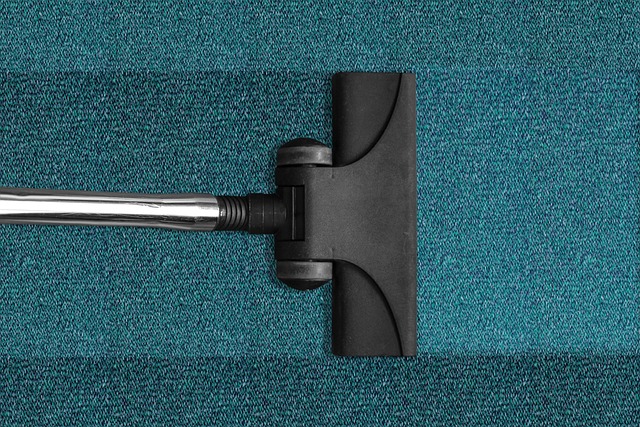The Ultimate Guide to Removing Mold from Carpet
The Ultimate Guide to Removing Mold from Carpet
Mold on carpet is not just an unsightly inconvenience; it can also pose serious health risks if not dealt with promptly and effectively. Knowing how to get mold out of carpet is crucial for maintaining a safe and healthy indoor environment. Mold spores can trigger allergies, asthma, and other respiratory issues, making it essential to address any signs of mold growth promptly.
When faced with mold on carpet, it’s important to understand the potential dangers it represents. Mold spores can become airborne and be inhaled, leading to various health problems. According to the Environmental Protection Agency (EPA), mold cleanup in your home should be done carefully to prevent exposure to mold spores source. Ventilating the area, wearing protective gear, and following proper cleaning procedures are essential steps in mold removal.
If left unchecked, mold on carpet can spread and compromise indoor air quality, affecting the well-being of household members. Therefore, taking proactive measures to address mold growth promptly is key to safeguarding your home and loved ones.
DIY Mold Removal Steps for Carpet
When it comes to tackling mold on carpet, a DIY approach can be effective if done correctly. The first step in removing mold from carpet is ventilating the area and donning proper protective gear, as mentioned in the previous section. If the carpet can be lifted, carefully inspect the affected area for visible mold. Using a stiff brush, remove as much mold as possible and discard it in a sealed bag to prevent further contamination.
Next, scrub the affected area thoroughly with a cleaner suitable for mold removal. Avoid using bleach, as it is not recommended for mold removal on carpet. Instead, opt for safer alternatives that can effectively eliminate mold spores without harmful chemicals. Once cleaned, allow the carpet to dry completely to prevent mold regrowth.
Using a HEPA vacuum with a filter designed to capture small particles, including mold spores, can help remove any remaining contaminants from the carpet. Running the vacuum over the carpet multiple times ensures a thorough cleaning process. These DIY steps for mold removal on carpet can be effective in addressing smaller mold infestations and improving indoor air quality.
Professional Mold Remediation Services
In some cases, DIY mold removal may not be sufficient, especially for extensive mold infestations on carpet. Professional mold remediation services offer expertise and specialized equipment to effectively remove mold and prevent its recurrence. Hiring professionals for mold removal on carpet can ensure a thorough and safe process, protecting your home and health.
Professional mold remediation companies follow industry standards and guidelines to handle mold infestations safely and effectively. They have the necessary protective gear, containment procedures, and advanced cleaning techniques to address mold on carpet efficiently. Additionally, experts can identify underlying causes of mold growth, such as moisture issues, and provide recommendations to prevent future mold problems.
When choosing a professional mold remediation service, it is essential to research and select a reputable company with experience in handling mold on carpet. Look for certifications, reviews, and references to ensure you are hiring a qualified and reliable service provider. By entrusting the job to professionals, you can have peace of mind knowing that mold removal on carpet is done correctly and thoroughly.
Preventive Measures and Long-Term Solutions
Preventive measures play a crucial role in maintaining a mold-free environment and avoiding future mold growth on carpet. Regularly inspecting and cleaning carpets, especially in areas prone to moisture, can help prevent mold from taking hold. Ensuring proper ventilation in rooms with carpets, using dehumidifiers in damp spaces, and promptly addressing water leaks or spills can all contribute to mold prevention.
In addition to regular maintenance, long-term solutions for preventing mold on carpet involve addressing underlying issues that promote mold growth. Improving indoor air circulation, fixing any water intrusion problems, and maintaining optimal humidity levels are key steps in creating an environment resistant to mold. Consider using mold-resistant carpet padding or treating carpets with mold inhibitors for added protection.
Educating yourself about the factors that contribute to mold growth on carpet and implementing proactive measures can go a long way in safeguarding your home. By taking a proactive approach to mold prevention and maintenance, you can enjoy clean, healthy carpets and a mold-free living space for years to come.
editor's pick
latest video
news via inbox
Nulla turp dis cursus. Integer liberos euismod pretium faucibua


